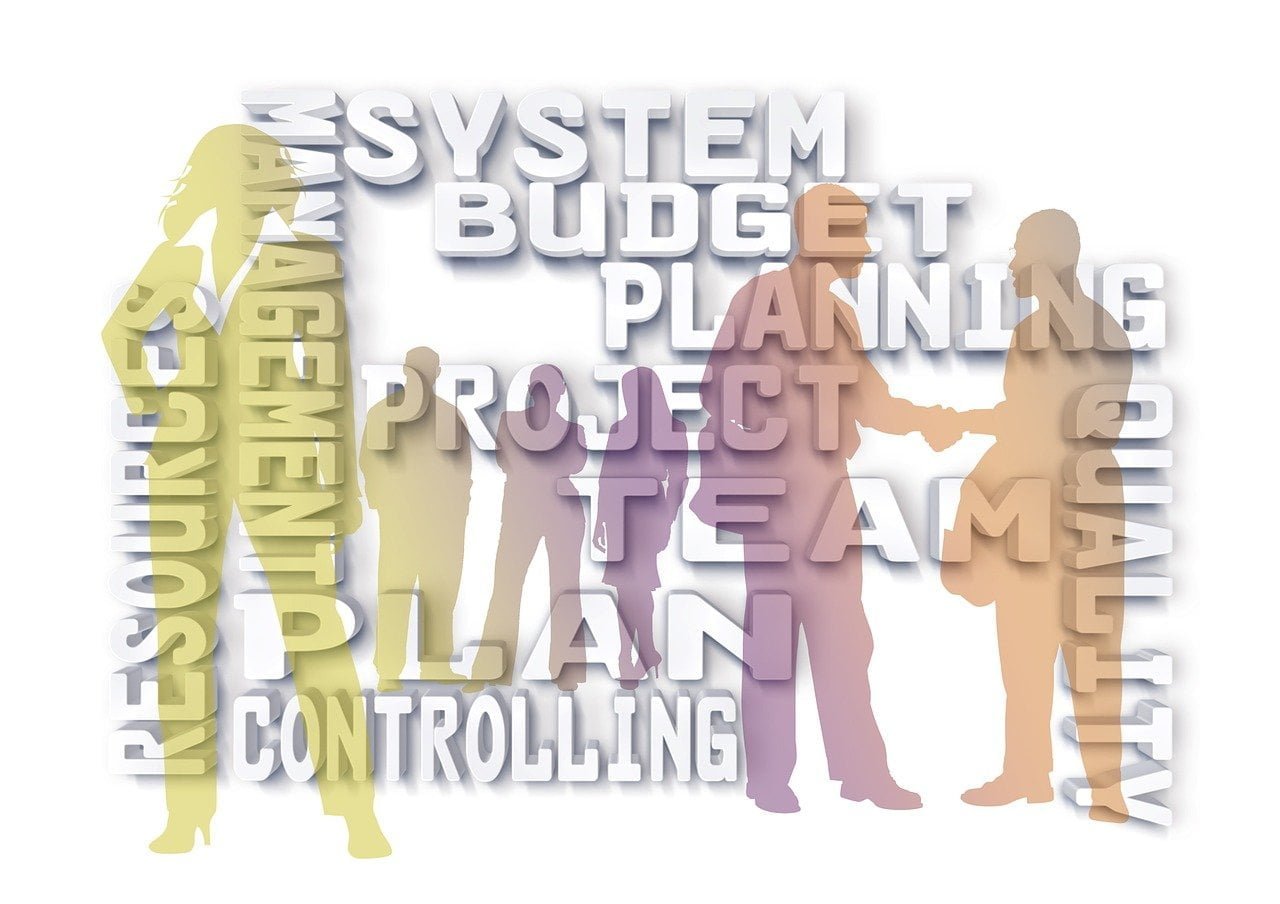
Master Your Money with a Personal Budget: Ultimate Guide to Financial Freedom
Posted in :

Do you ever feel like your money mysteriously disappears each month? You’re not alone. Many people struggle to manage their finances effectively. The good news is, creating a personal budget is a powerful tool that can transform your financial well-being.
It empowers you to take control of your spending, define your financial goals, and ultimately, achieve financial freedom.
This comprehensive guide will equip you with the knowledge and strategies to craft a personalized budget that works for you.
We’ll explore the essential steps involved, budgeting methods, and helpful tips to ensure your budget becomes a roadmap to financial success.
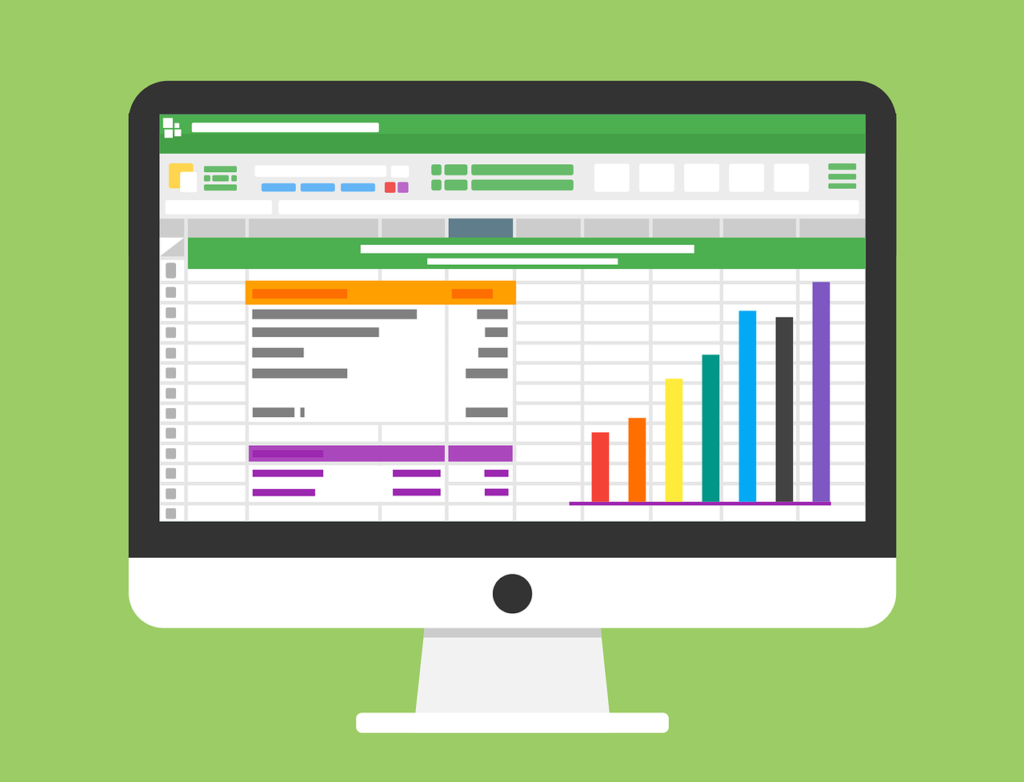
Step 1: Gather Your Financial Statements
Before diving into budget creation, gather your financial statements. This includes:
- Pay Stubs: Analyze your income to understand your net pay (amount received after taxes and deductions).
- Bank Statements: Review recent bank statements to identify all your spending habits, recurring bills, and account balances.
- Investment Statements (if applicable): Include any investment income (dividends, interest) you receive.
- Loan Statements (if applicable): List out all your current debts, including minimum payments and interest rates.
Having a clear picture of your income and expenses is crucial for creating a realistic and effective budget.
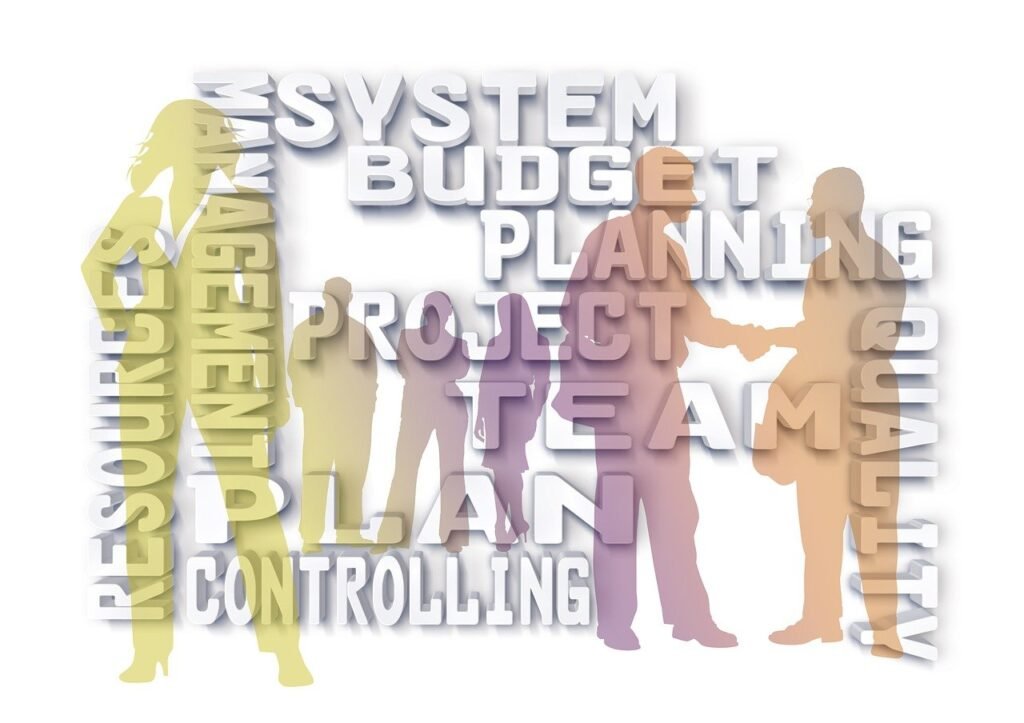
Step 2: Choose a Budgeting Method
There’s no one-size-fits-all approach to budgeting. Here are some popular methods to consider:
- 50/30/20 Rule: This widely used method allocates 50% of your income to Needs (housing, food, transportation), 30% to Wants (entertainment, dining out), and 20% to Savings & Debt Repayment. It’s a simple and effective structure for beginners.
- Zero-Based Budgeting: This method assigns every dollar of your income a specific purpose. You list all your income and expenses, ensuring your income minus expenses equals zero. This approach encourages mindful spending and identifying areas for potential savings.
- Envelope System: This traditional method involves allocating cash to specific spending categories (groceries, gas) in separate envelopes. Once the cash runs out in a category, you stop spending until the next pay period. This visual approach can be helpful for managing impulse purchases.
Tailoring the Method to Your Needs:
The best method is the one that works for you. Experiment with different approaches and find the one that aligns best with your financial goals and personality. You can even combine elements from different methods to create a customized approach.
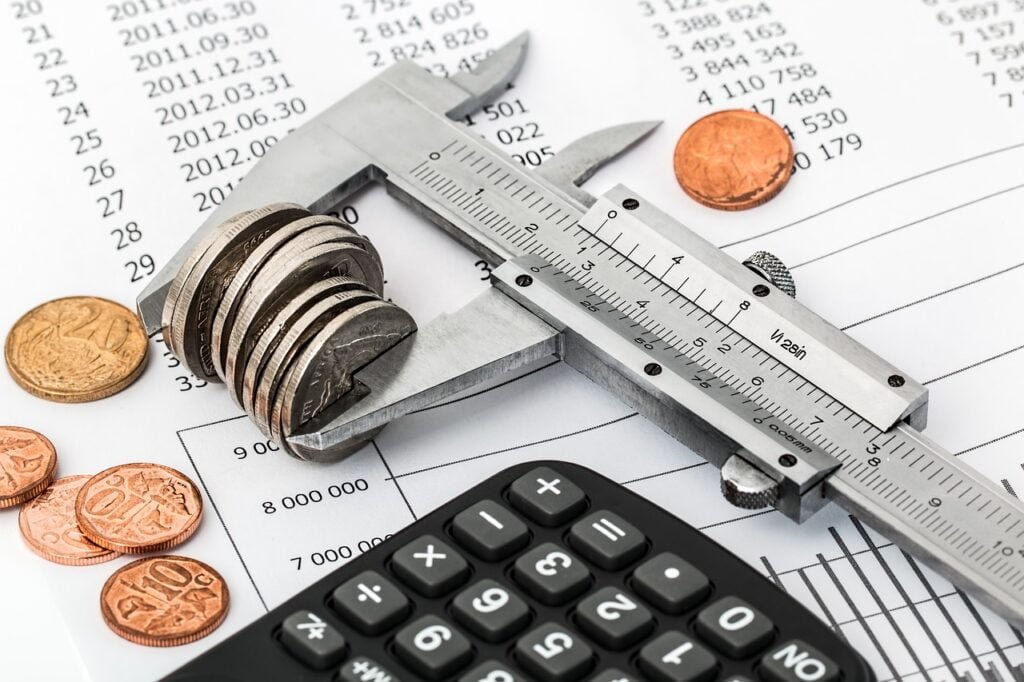
Step 3: Track Your Expenses
For a successful budget, you need to understand where your money goes. Here are effective tracking methods:
- Pen and Paper: Use a notebook to record expenses daily or weekly. Categorize your spending (groceries, transportation, entertainment).
- Spreadsheets: Create a spreadsheet in Excel or Google Sheets to log expenses with formulas for calculations.
- Budgeting Apps: Numerous budgeting apps (YNAB) offer automatic transaction categorization, spending insights, and goal setting tools.
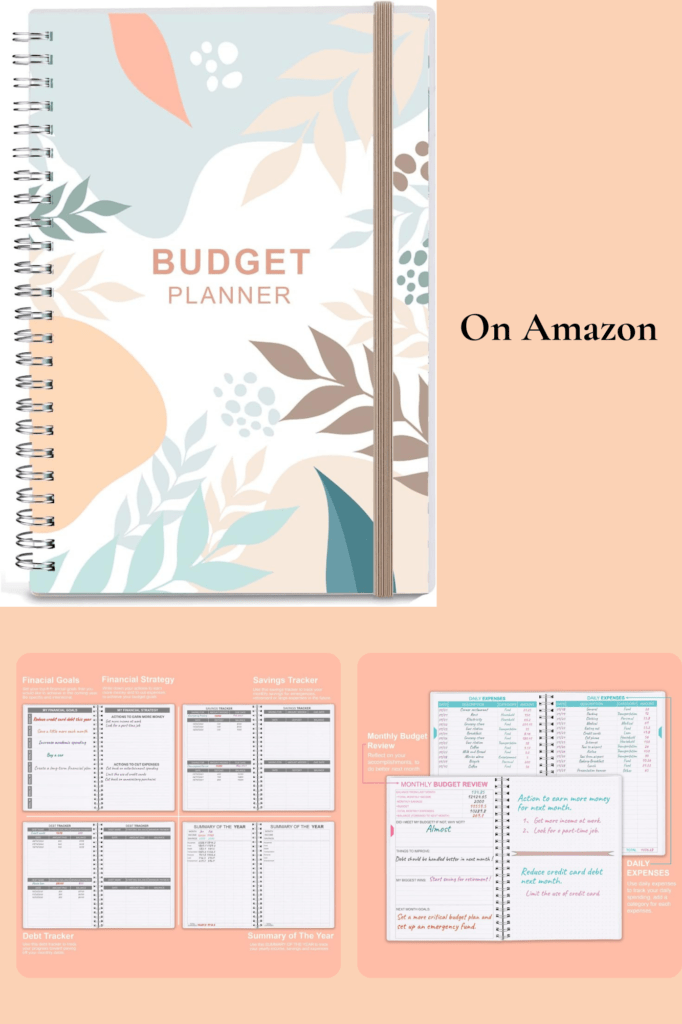
Tracking Tips:
- Be honest and comprehensive – track all your expenses, big or small.
- Set aside dedicated time for tracking – review your expenses daily or weekly.
- Be consistent – tracking over time provides valuable insights into your spending habits.
Sticking To A Budget: The Battle!
Step 4: Categorize Your Expenses
Once you’ve tracked your expenses for a month, categorize them to understand where your money is flowing. Common spending categories include:
- Needs: Housing, food, transportation, utilities, minimum debt payments, healthcare.
- Wants: Entertainment, dining out, hobbies, subscriptions, personal care.
- Savings & Debt Repayment: Savings goals, extra debt payments beyond minimums.
Analyzing Spending Patterns:
This breakdown will reveal areas where you might be overspending.
Are you eating out too frequently? Can you find cheaper alternatives for entertainment?
Analyze each category and identify areas for potential adjustments.

Step 5: Set SMART Financial Goals
Financial goals provide direction and motivation for your personal budget efforts. Here’s how to set SMART goals:
- Specific: Clearly define your goal (e.g., save for a down payment on a house, pay off credit card debt).
- Measurable: Establish a clear metric for tracking progress (e.g., save $10,000 for down payment in 12 months).
- Attainable: Set realistic goals that challenge you but are achievable.
- Relevant: Ensure your goals align with your overall financial vision.
- Time-Bound: Set a timeframe for achieving your goals (e.g., pay off credit card debt within 18 months).
Step 6: Create Your Personal Budget Framework
Now comes the magic! Based on the information you’ve gathered, choose a budgeting method and create your budget framework:
Using the 50/30/20 Rule:
- Calculate your net monthly income.
- Allocate 50% to Needs. List your essential expenses and their estimated monthly costs (rent, groceries, utilities).
- Allocate 30% to Wants. Include entertainment, dining out, hobbies, and personal care expenses. Be realistic about these costs.
- Allocate 20% to Savings & Debt Repayment. Set aside money for savings goals (emergency fund, down payment) and prioritize paying off high-interest debt.
Zero-Based Budgeting:
- List all your income sources.
- List all your expected expenses, including fixed costs (rent, utilities) and variable costs (groceries, gas). Be as detailed as possible.
- Assign every dollar of your income a specific purpose. Allocate funds towards expenses, savings goals, and debt repayment until your total outflows equal your total income (zero).
Envelope System:
- Withdraw cash for specific Needs categories (groceries, gas). Allocate the designated amount to separate envelopes.
- Use the cash in each envelope for its intended purpose. Once the cash runs out, you stop spending in that category until the next pay period.

Step 7: Track Your Progress and Revise As Needed
Your budget is a living document, not set in stone. Regularly track your spending and compare it to your budget allocations. Here are some tips for ongoing success:
- Review your budget weekly or monthly. Identify areas where you’re overspending or underspending.
- Embrace flexibility. Unexpected expenses arise. Adjust your budget accordingly, perhaps reducing Wants spending in one category to cover a cost overrun in another.
- Celebrate your wins! Reaching savings goals or sticking to your budget for a month deserves a reward (within your Wants allocation, of course!).
- Revise your budget as needed. Your financial goals and circumstances will evolve. Adjust percentages or categories to maintain financial stability on your journey towards achieving your goals.
Advanced Personal Budget Strategies:
- Automate Your Finances: Set up automatic transfers to savings and debt repayment accounts as soon as you receive your paycheck. This ensures you prioritize your financial goals before lifestyle expenses eat away at your income.
- Utilize Technology: Numerous budgeting apps and online tools can help you track spending, categorize expenses, and set financial goals. Experiment with different options to find one that suits your needs and preferences.
- Seek Professional Guidance: If you’re struggling to create or stick to a budget, consider consulting a financial advisor. They can provide personalized guidance and support on your financial journey.
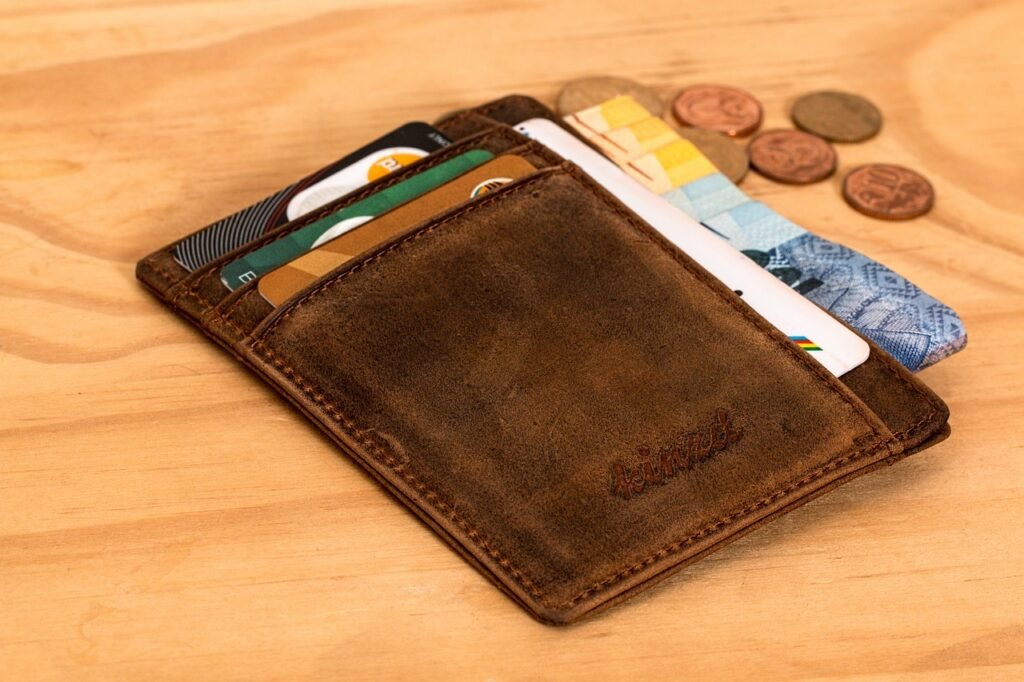
Building Sustainable Personal Budget Habit
Here are some key strategies to make a personal budget a sustainable habit:
- Focus on Progress, Not Perfection: There will be setbacks. Don’t get discouraged if you overspend in one category. Just recommit to the budget in the next pay period.
- Embrace the Power of “No”: Learn to politely decline unnecessary expenses. Do you really need that expensive coffee every day? Small, impulse purchases can significantly impact your budget over time.
- Find a Budgeting Buddy: Partner with a friend or family member who’s also working on their finances. Motivate and support each other on your budgeting journeys.
The Most Common Personal Budget Questions Answered (FAQ)
1. What if I don’t have a steady income?
Creating a budget is still crucial, even with an irregular income. Track your income over several months to get an average. Consider creating a buffer fund within your Needs category to cover shortfalls between paychecks.
2. I feel overwhelmed! Where do I even begin?
Start small. Track your expenses for a month to understand your spending habits. Then, choose a simple budgeting method like the 50/30/20 rule and gradually adjust it as needed. There are also many free budgeting apps and online resources available to help you get started.
3. How much should I save?
A good starting point is 10% of your income. However, the ideal savings amount depends on your financial goals. Are you saving for retirement, a down payment on a house, or an emergency fund? Research and set realistic savings targets based on your specific needs.
4. What if I have a lot of debt?
Conclusion: Taking Control of Your Financial Future
Creating and sticking to a personal budget might seem daunting at first. However, it’s an empowering process that can transform your relationship with money.
By following the steps outlined in this guide and embracing the strategies discussed, you can build a personalized budget that works for you.
Remember, consistency is key. Track your progress, adjust the budget as needed, and celebrate your wins. With dedication and a little financial planning, you can achieve your financial goals and live a life of freedom and fulfillment.
Building a secure financial future goes beyond creating a personal budget. Here are some additional resources to empower you further:
- National Endowment for Financial Education: https://www.nefe.org/
- Consumer Financial Protection Bureau: https://www.consumerfinance.gov/
- Your local library: Many libraries offer financial literacy workshops and resources.
Taking control of your finances doesn’t have to be overwhelming.
The personal budget strategies outlined in this guide are your tools to navigate your financial journey with confidence.
Start creating your budget blueprint today, and watch your financial future flourish!